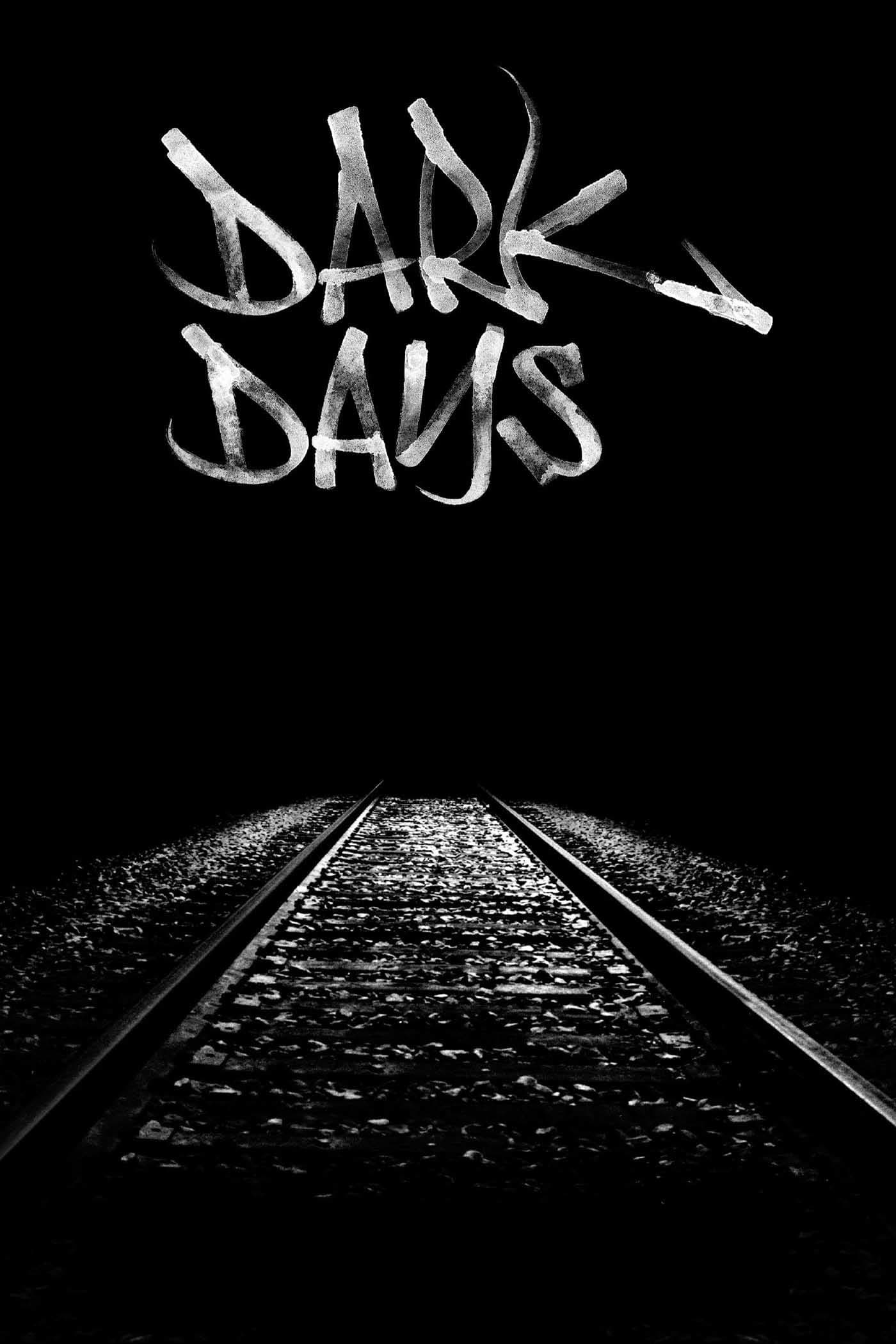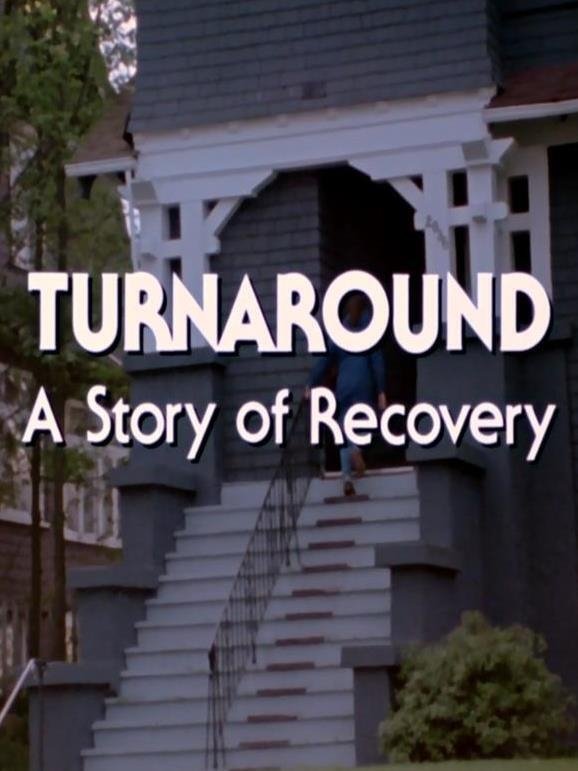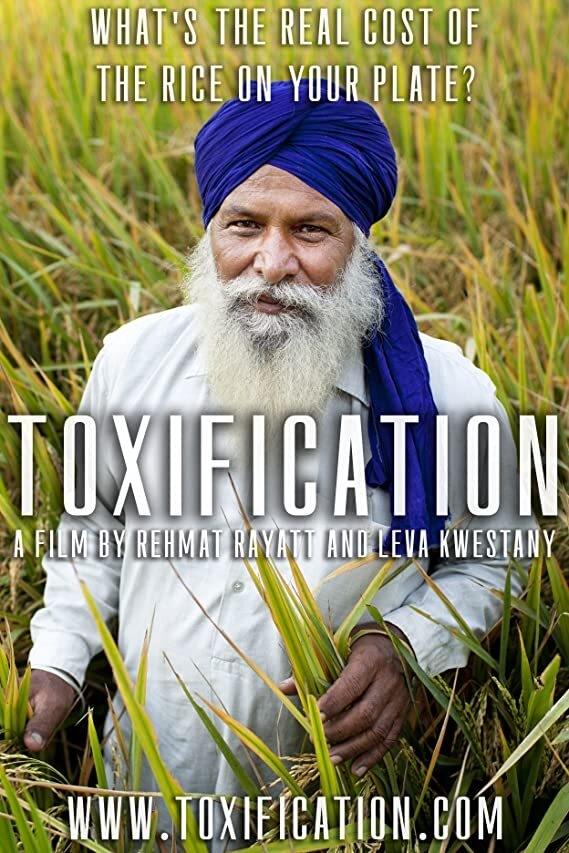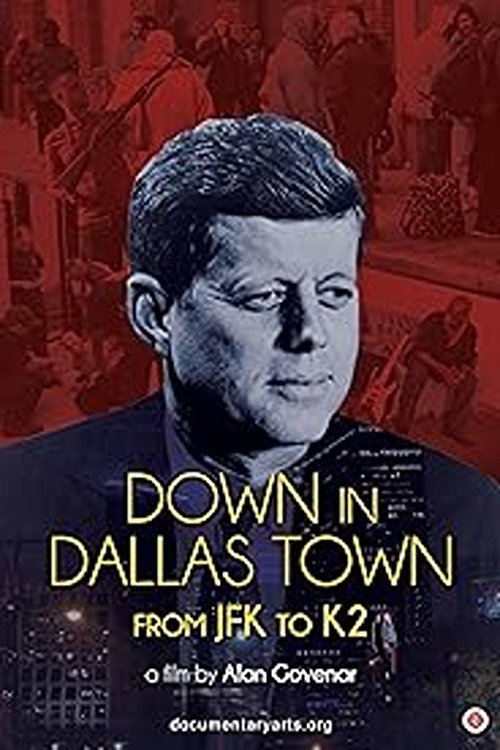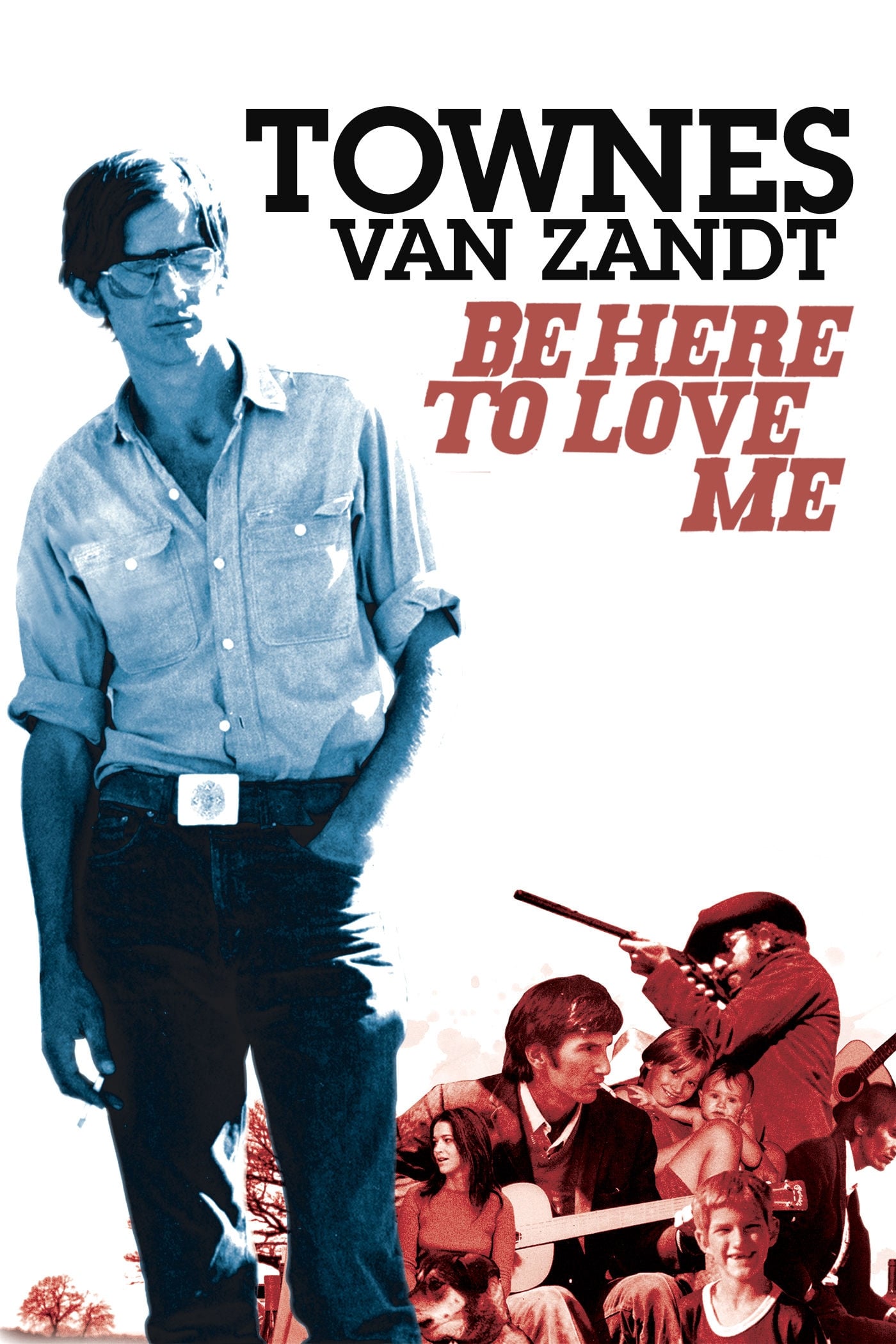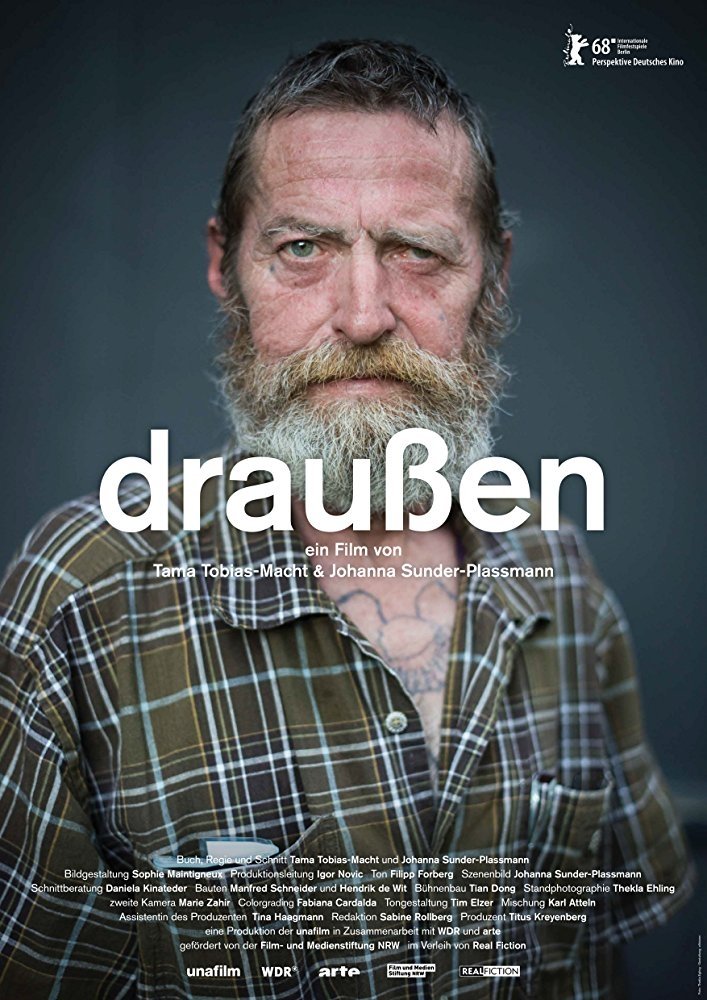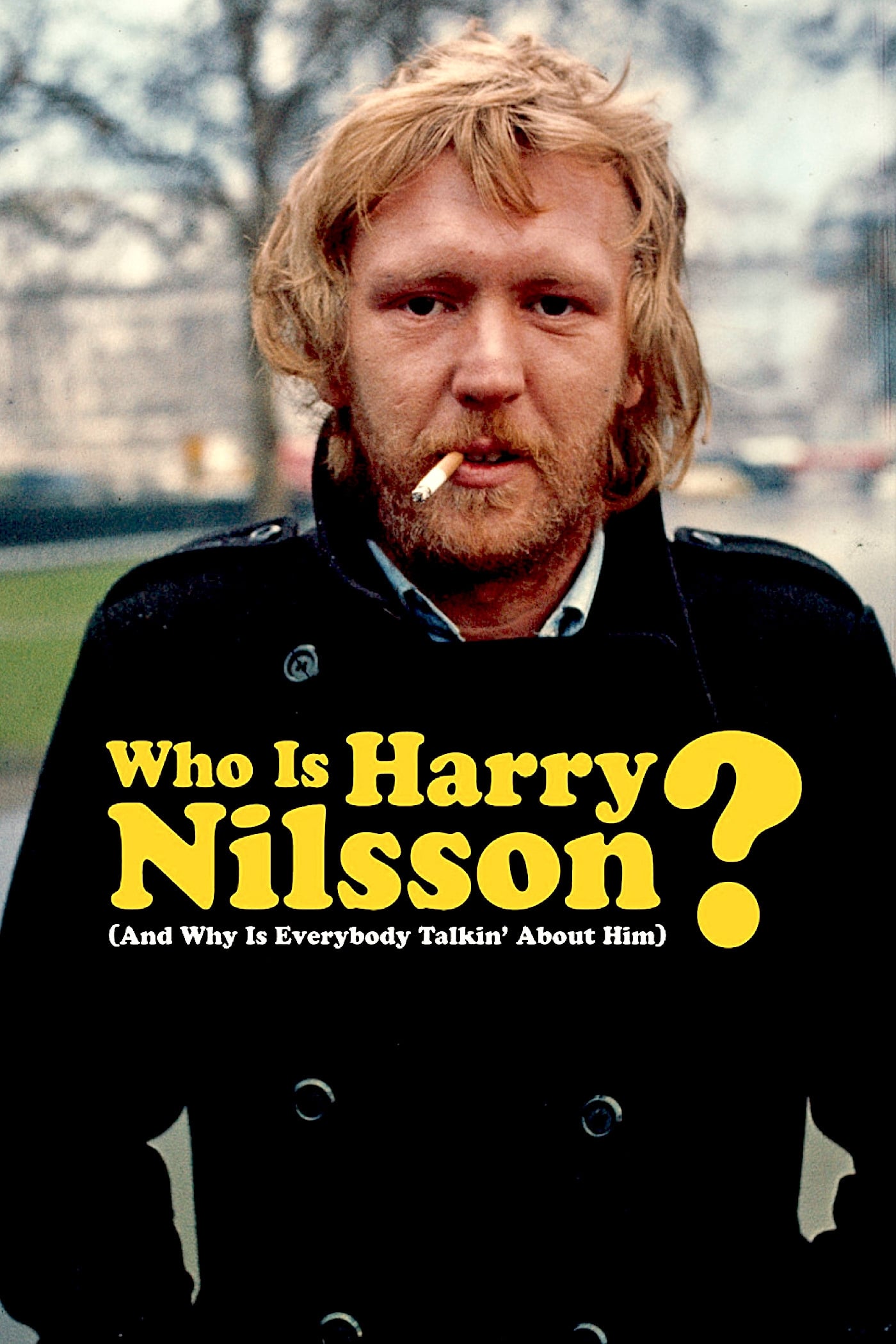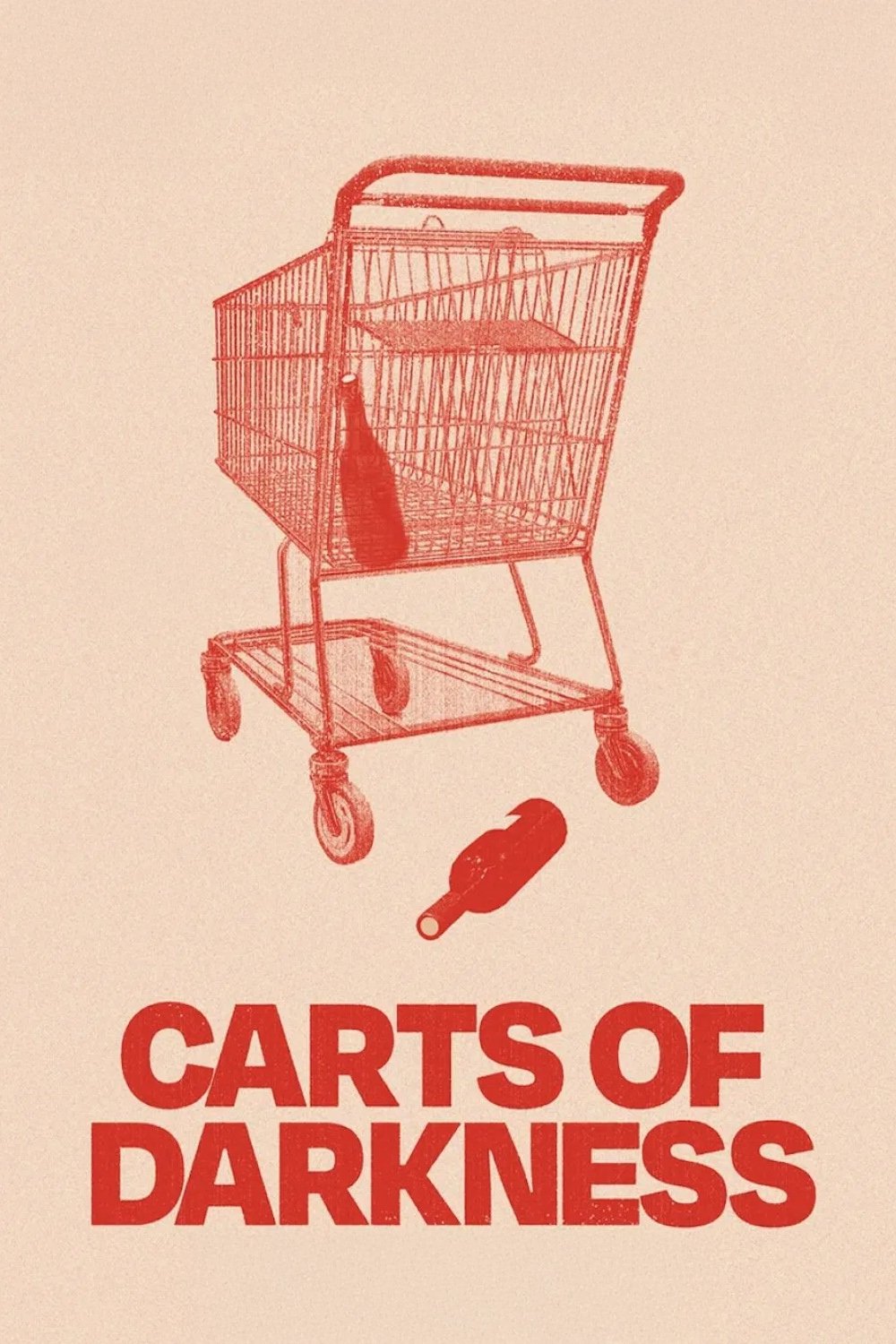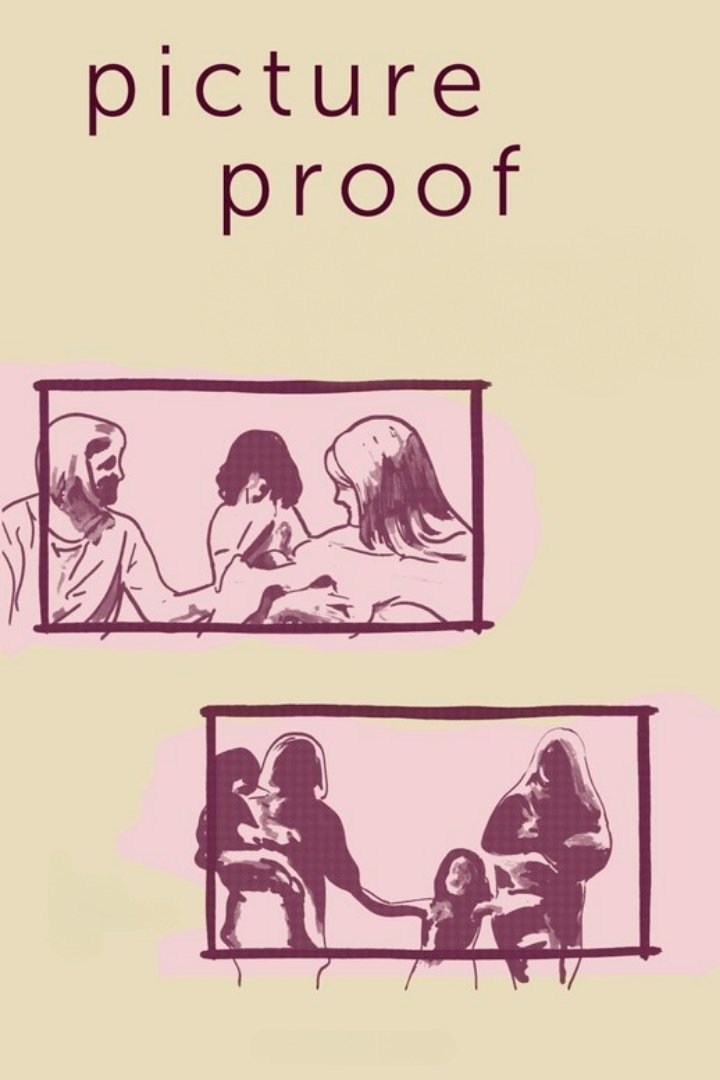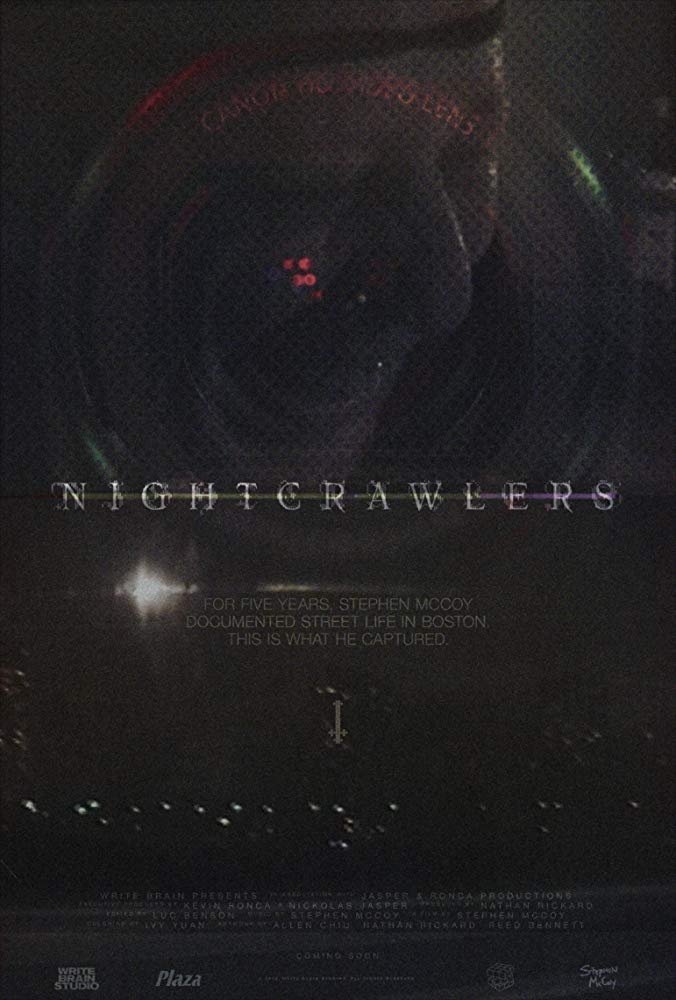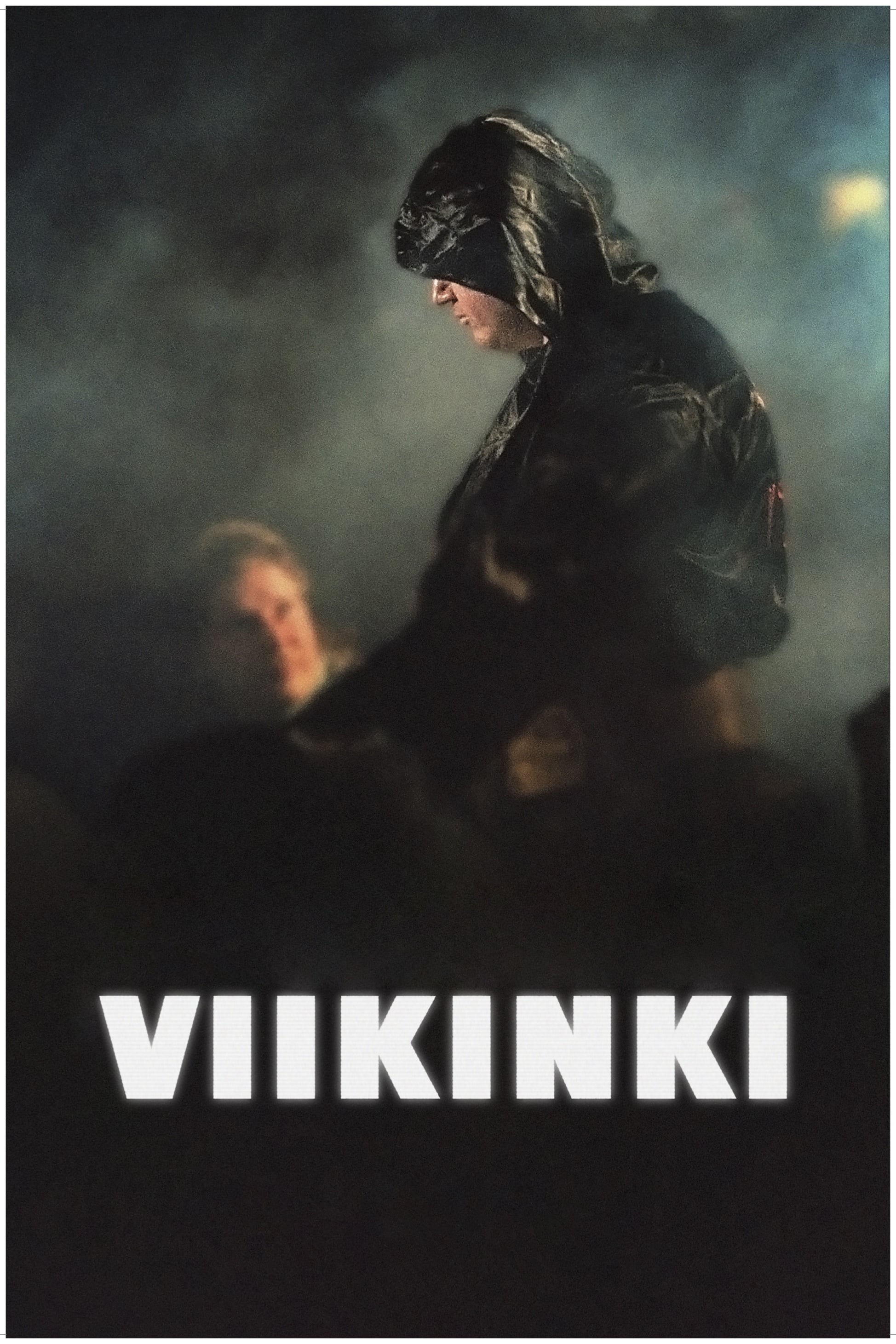Thomas Adam - Frankfurt von unten
Watch Movie
Share
Thomas Adam - Frankfurt von unten
0
8.0(1 votes)
Documentary
Overview
Links & Resources
Social & External
Cast & Crew
1 member
Acting
Thomas Adam
himself
No Image
Similar Movies
Recommended Movies

No Recommendations Yet
We're working on finding the perfect movies for you. Check back soon!
More movies coming soon
